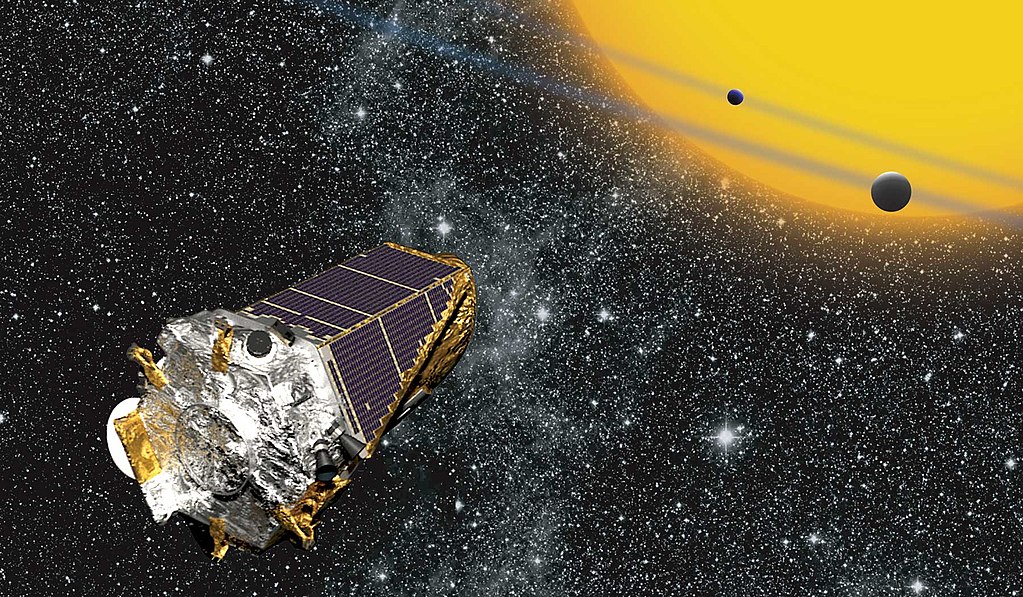NASA officials made an announcement on July 6 which stated that the Kepler Space Telescope was put in a hibernation-like state after finding out that it was running out of fuel. On Monday, the Kepler team identified a reduction in the fuel pressure of the spacecraft that indicated a drop in the fuel level. Therefore, the spacecraft would not be employed for scientific observations anymore and would be put on rest until August 2nd. The Kepler space telescope had been productively involved in the recognition of almost 70 percent of the 3750 exoplanets that have been discovered till now. This initiative of NASA is expected to ensure the retention of enough fuel so that the research collected by the spacecraft over the last 51 days could be successfully downloaded by the handlers.
The Kepler Space Telescope was launched in March 2009 by NASA with the purpose of learning about the number and frequency of planets in the Milky Way galaxy. The spacecraft proved to be a better value for the $600 million invested in it as scientists have been able to identify a substantial number of exoplanets. At a distance of 94 million miles from our planet, the spacecraft is able to find out alien planets by leveraging the transit method in which it notices the trivial reduction in brightness caused during the period when orbiting planets pass through a star’s face from the viewpoint of Kepler.
In the course of its primary mission, the spacecraft analyzed simultaneously almost 150,000 stars in order to observe potential transits. The work of the spacecraft spanned through May 2013 during which the four orientation-maintaining reaction wheels of the spacecraft failed. However, the Kepler was stabilized by engineers through leveraging sunlight pressure in 2014, following which the spacecraft began an extended mission termed as K2.
During the K2 missions, Kepler was able to study a variety of extraterrestrial objects and phenomena that were carried out in the course of campaigns ranging over 80 days. Till date, the spacecraft has successfully completed 18 K2 campaigns which were associated with the different focus of study. NASA officials have stated that on August 2nd which is the allotted Deep Space Network time, the Kepler team would try to realign the large antenna of the spacecraft towards Earth in order to transmit the data. Furthermore, the officials are also hopeful of campaign 19 if the Kepler space telescope has enough fuel left after the downloading of data on August 2nd.


